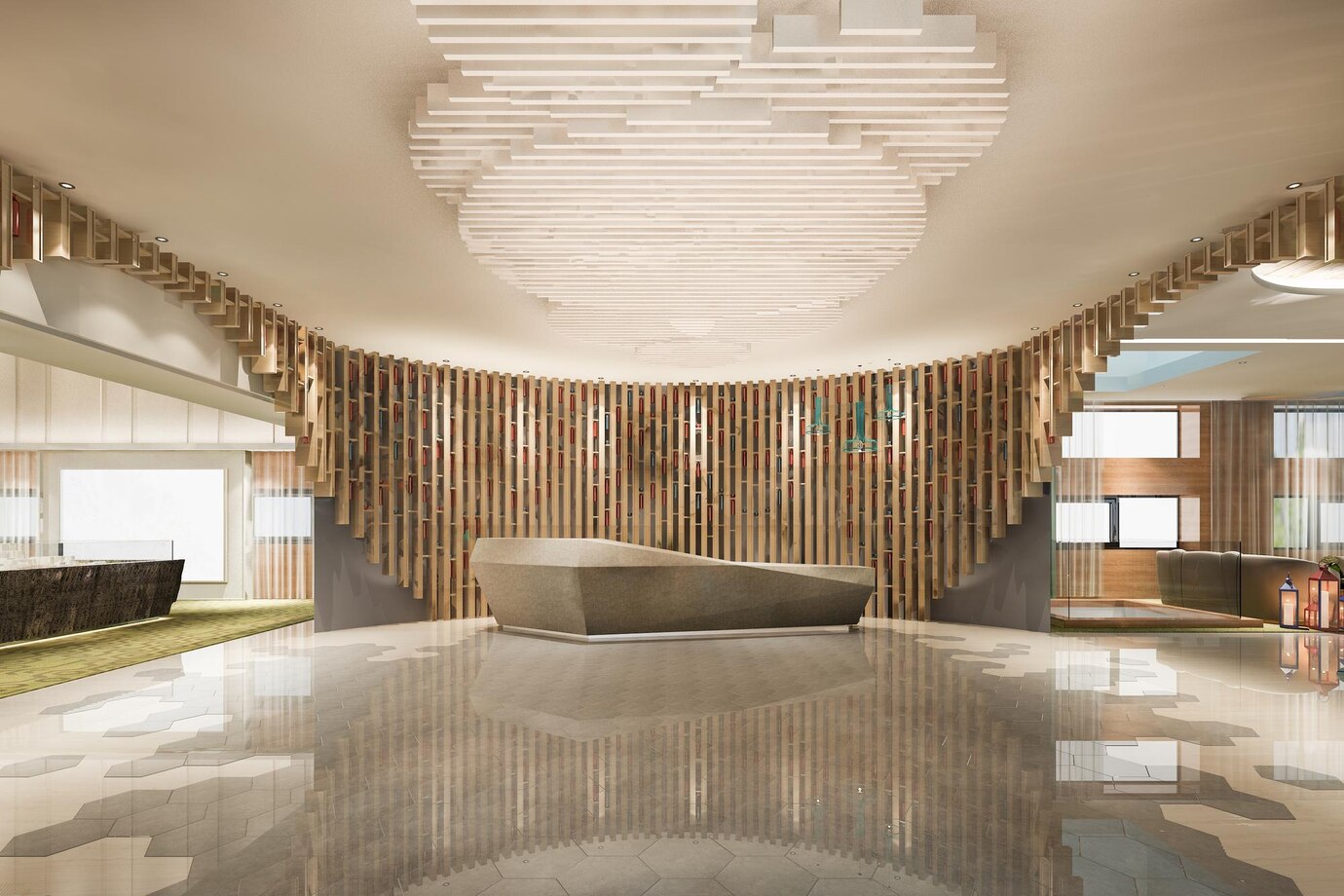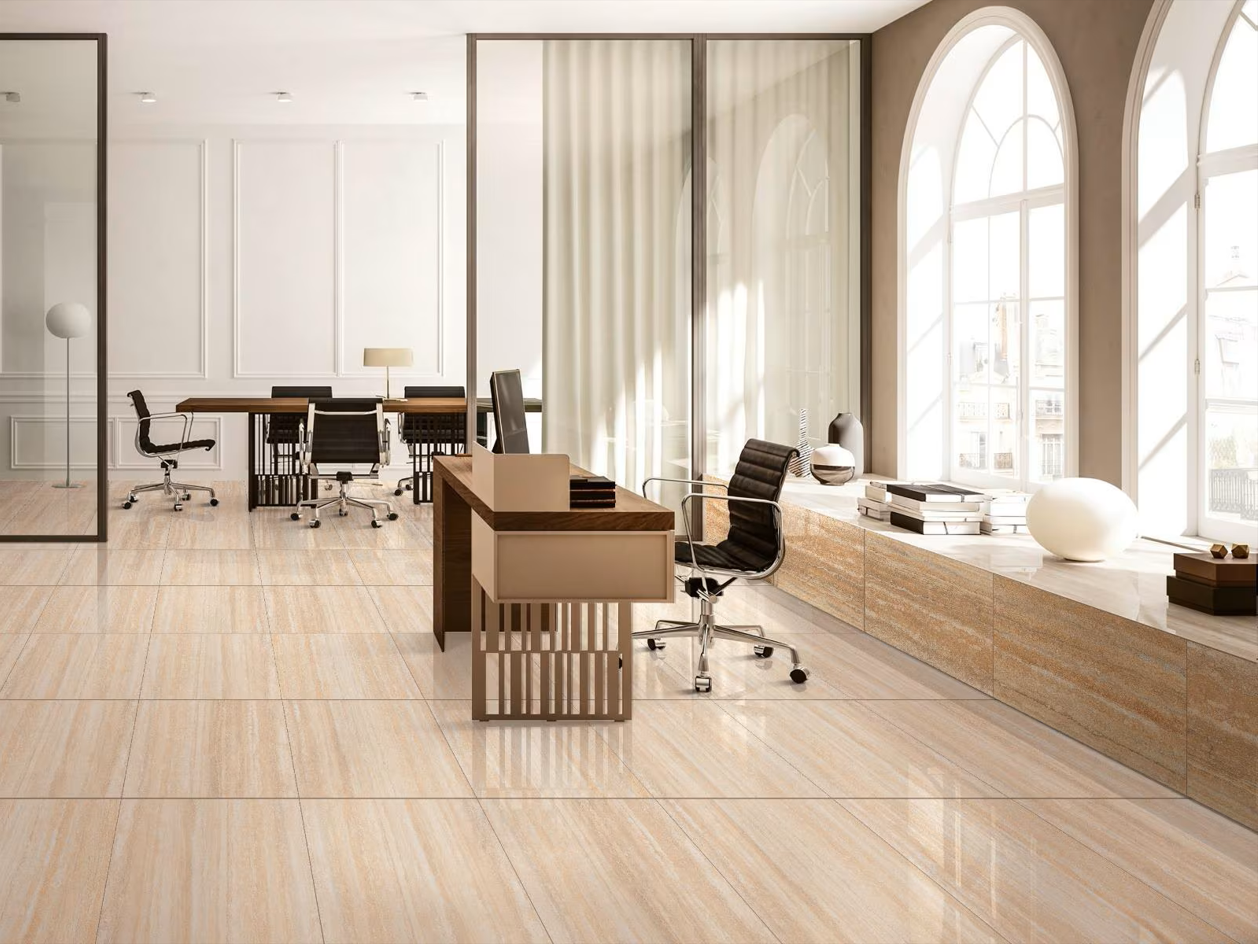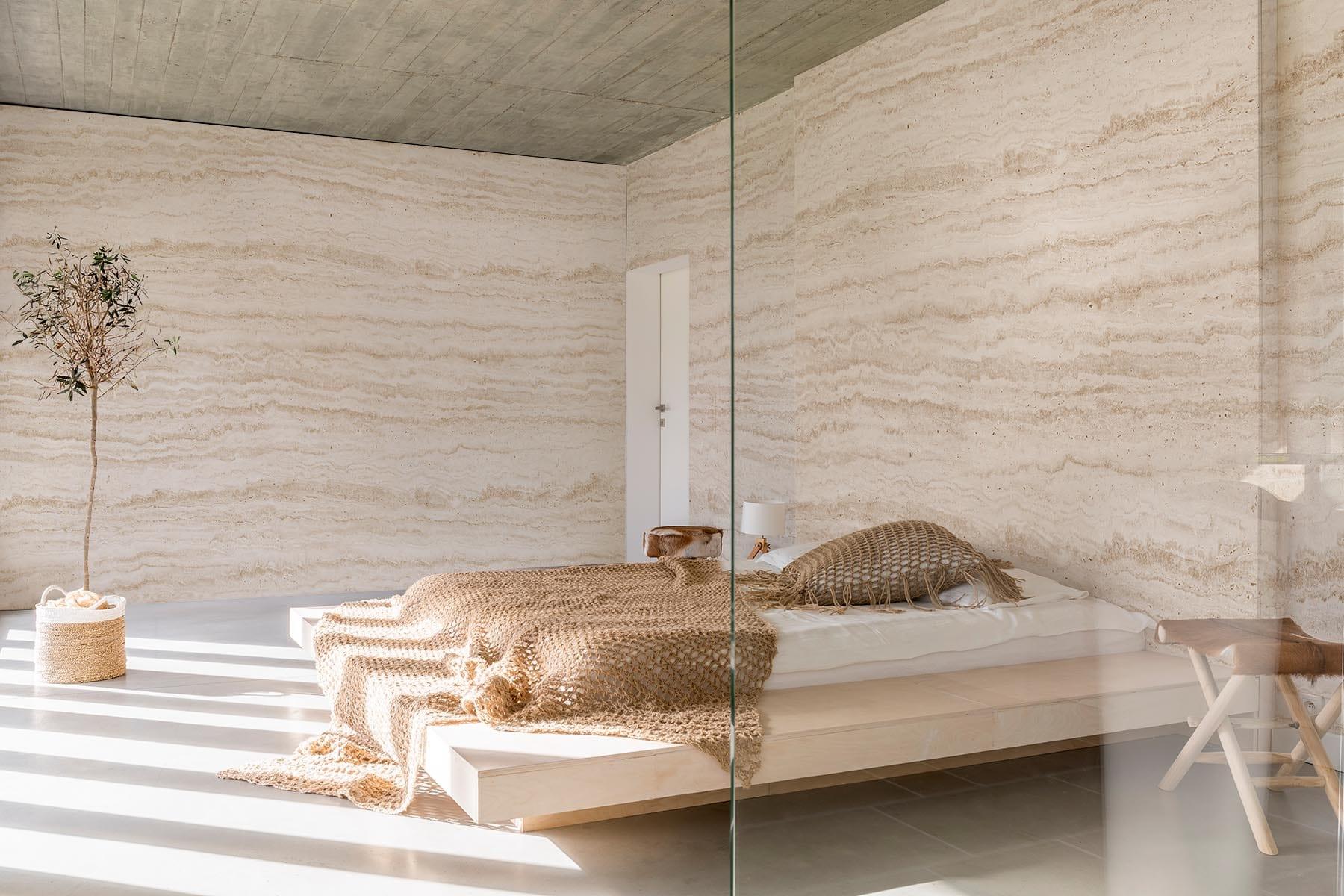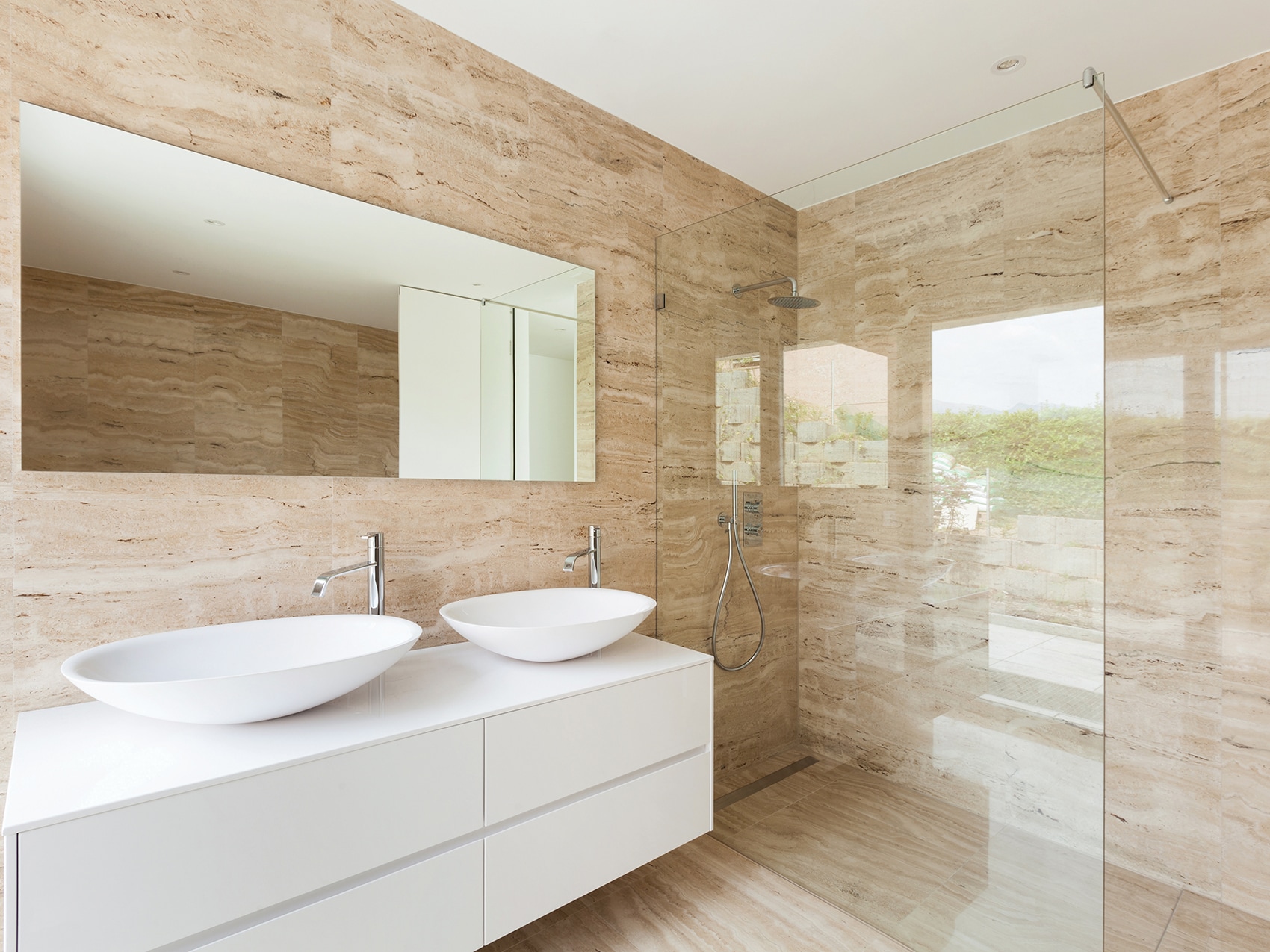
Travertine vs. Italian Marble: Which is Better for Homes in Chennai?
Choosing the right natural stone for your home in Chennai is about more than looks — it’s about climate, maintenance, budget, and long-term performance. Travertine and Italian marble are both elegant choices, but they bring different strengths and trade-offs. This blog explores those differences and helps you decide which is better for homes in Chennai, while naturally incorporating the search phrase travertine Marble in Chennai for anyone researching local options.
A quick intro to the stones
Travertine is a type of limestone formed by mineral springs. It has a porous, textured surface with characteristic voids and bands of warm, earthy tones — ivory, beige, rust, and honey. Travertine can be honed to a matte finish or filled and polished for a smoother look.
Italian marble refers to a range of marbles quarried in Italy, with Carrara and Calacatta being the most famous. Italian marble typically features a smooth, glossy finish and dramatic veining in cool grays, whites, and sometimes golds. It’s often considered the epitome of luxury and classical beauty.
How Chennai’s climate affects your choice
Chennai has a tropical, humid climate with heavy monsoon rains and high temperatures for much of the year. These environmental factors influence how stone performs:
-
Humidity & moisture: Travertine’s natural porosity makes it more vulnerable to staining and water absorption unless properly sealed. In Chennai, regular sealing is essential, especially in bathrooms, kitchens, and outdoor areas.
-
Heat: Both travertine and Italian marble remain relatively cool underfoot compared to many manufactured tiles — an advantage in Chennai’s heat. Travertine, with its lighter, matte surface, can be particularly pleasant in hot months.
-
Monsoon wear: Outdoor installations (patios, driveways) face heavy rain and bio-growth (moss/algae). Travertine’s textured surface gives better slip resistance when honed and treated; polished Italian marble outdoors can become slippery and weathered more quickly.
Durability and maintenance
-
-
Durability: Hard and long-lasting but softer than many marbles; edges and corners can chip if not installed correctly.
-
Maintenance: Must be sealed regularly (every 6–12 months for high-traffic or wet areas). Clean with pH-neutral cleaners to avoid etching.
-
Best uses: Living rooms, bedrooms, verandahs (covered), pool surrounds (with anti-slip finish), and low-traffic kitchens if sealed properly.
-
-
Italian Marble
-
Durability: Dense and strong but more prone to visible etching from acids (like lemon or some cleaners). Polished surfaces show wear and scratches more easily.
-
Maintenance: Needs careful cleaning with non-acidic products and periodic resealing depending on finish and traffic. Polished marble requires more upkeep to keep the shine.
-
Best uses: Formal living areas, feature walls, countertops (if engineered and treated), and places where you want a high-gloss, luxurious finish.
-
Appearance & design flexibility
-
Travertine Marble in Chennai often appeals to homeowners looking for warm, earthy interiors that blend with tropical, Mediterranean, or rustic design schemes. Its softer, varied textures create a relaxed, natural aesthetic that pairs well with wood and rattan furniture commonly used in Chennai homes.
-
Italian marble gives a timeless, elegant look that suits modern minimalist, contemporary, and classical interiors. The clean veining and brighter whites can make compact Chennai apartments feel larger and more refined.
Cost considerations
Generally, travertine tends to be more affordable than high-grade Italian marble, though prices vary widely depending on the grade, finish, and source. Installation costs are also important — both stones require experienced masons. Travertine’s need for more frequent sealing and potential repairs to filled/unfilled pores should be factored into lifetime costs.
Practical recommendations for Chennai homes
-
For humid, high-traffic homes: Travertine with a honed or filled finish and regular sealing is a practical, cooler, and slip-resistant option for living areas and verandahs.
-
For formal, low-traffic spaces: Italian marble is ideal for statement floors, foyer areas, and feature walls where its polished beauty can be preserved.
-
For kitchens and bathrooms: Consider engineered stone or porcelain for countertops and heavy-use wet areas. If you choose natural stone, ensure high-quality sealing and be prepared for more maintenance with both travertine and marble.
-
For outdoors: Travertine is typically better (with anti-slip finishing). Avoid polished Italian marble for exposed outdoor floors.
-
Combination approach: Use travertine for larger floor areas (comfort and practicality) and Italian marble as accents — window sills, mantelpieces, or a marble-clad powder room wall — to balance budget and luxury.
Installation & supplier tips in Chennai
-
Choose a reputable supplier who can provide samples so you can see the stone in your home’s lighting. (Search locally for “travertine Marble in Chennai” to compare local stock and finishes.)
-
Hire experienced installers familiar with local conditions — correct bedding, joint widths, and sealing technique are critical in a humid climate.
-
Ask about wear and maintenance advice and whether the stone has been pre-sealed.
Final verdict
There’s no universal “better” — it depends on how you value appearance, maintenance, and cost. If you want warm, natural, low-gloss floors that stand up well to Chennai’s tropical vibe, travertine is a sensible, attractive choice. If you’re after high-impact luxury and are prepared for more maintenance and a higher budget, Italian marble delivers unmatched elegance. For many Chennai homes, a hybrid approach — travertine for floors, Italian marble as accents — gives the best of both worlds.
Want help tailoring a choice to a specific room or budget? Tell me the room (kitchen, living room, veranda) and rough budget and I’ll recommend stone types, finishes, and an installation checklist for Chennai conditions.



